Description
SS49E Linear Hall-effect sensor is a small, versatile linear Hall-effect device that is operated by the magnetic field from a permanent magnet or an electromagnet. The linear sourcing output voltage is set by the supply voltage and varies in proportion to the strength of the magnetic field. The integrated circuitry features low noise output, which makes it unnecessary to use external filtering. It also includes thin film resistors to provide increased temperature stability and accuracy. The linear Hall sensor has an operating temperature range of -40 °C to 85 °C appropriate for commercial, consumer, and industrial environments.
Typical Applications:
- Motor control
- Magnetic code reading
- Ferrous metal detector
- Current sensing
- Position sensing
Package Include:
1 x LINEAR HALL EFFECT SENSOR 49E OH49E SS49E HALL ELEMENT
KEY FEATURES OF HALL-EFFECT SENSOR ANALOG 49E:
- Senses relative strength of magnetic field and provides analog voltage output
- Can differentiate between North and South pole of magnet
- 3.3 and 5V compatible
Hall-effect sensors are commonly used for measuring the speed of rotating assemblies where a magnet on the assembly alternately makes and breaks magnetic contact with the sensor as the assembly rotates. They can also be used for applications such as determining when a door has been opened, position sensing and detecting the magnetic field created by current flow in a wire.
The 49E sensor can detect both the North and South pole of a magnet as well as the relative strength of the magnetic field. The side of the sensor with the labeling is the side used for detection.
Hall-effect sensors have several advantages over mechanic switches, chief among them are that by being solid-state, there is no concern about contacts wearing out and the switching speed can be quite high.
The main challenge with using Hall-effect sensors usually resides around the mounting of the sensor and any associated magnets.
Power Supply
The sensor can operate over a Vcc range of 2.3-10V.
If the output is being read by an MCU, it is advisable to operate the sensor at the same voltage as the MCU so that the sensor output will be compatible with the range of the analog input.
The power draw is stated as 4mA nominal but it will vary with Vcc. At 3.3V it draws 5mA and at 5V, it draws 7.8mA. It is possible to power the device off a MCU digital output pin.
Analog Output
The sensor output is an analog voltage. When no magnetic field is detected, the output will rest at approximately 1/2 Vcc. If the south pole of the magnet is brought near, the output will linearly ramp towards Vcc and if the north pole of the magnet is brought near, the output will linearly ramp towards ground.
In the case of Vcc being 5V, with no magnetic field present the output will rest at about 2.5V. If the south pole of the magnet is brought near, the output will raise linearly up to a maximum of about 4.2V. If the north pole is brought near, the output will lower linearly to a minimum of about 1.0V.
The output is typically read by an ADC port on a uC if the strength or pole of the magnetic field is important. Optionally it can be run into a comparator like the LM393 if a digital output with an adjustable set-point is desired. If you are just counting the number of times a magnet goes by, this is easier than working with the analog output. Digital Hall-effect sensors are also available for this purpose.
OUR EVALUATION RESULTS:
Hall-effect sensors are quite useful in a number of applications and one of the more under utilized electronic components available to hobbyists. These particular sensors are used in many of the analog hall effect sensor modules that come out of China.
The program below monitors the output of the sensor and reports the value of the analog output. Simply hook the sensor up to 5V / 3.3V and ground and connect the sensor output pin to a analog pin on the MCU. We use pin A0 in this example but this can be any analog input pin.
To calibrate the circuit, run the program with no magnet near the sensor and record the ‘rawValue’ that is being reported. Now change the ‘zeroLevel’ value in the program to the rawValue reading you recorded. This value will be subtracted by the program so that the rawValue reading = 0.0 when no magnetic field is present. Download the updated program and the rawValue reading should now show 0.0.
As the south pole of a magnet is brought near, the value should start to increase. If the north pole of a magnet is brought near, the value should decrease (increase in the negative direction).


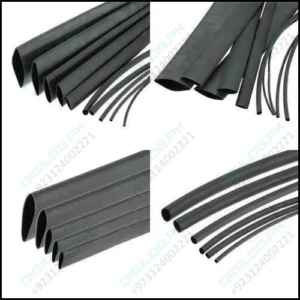
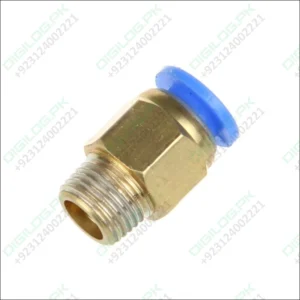
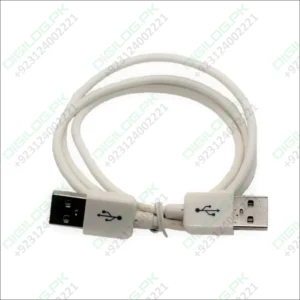


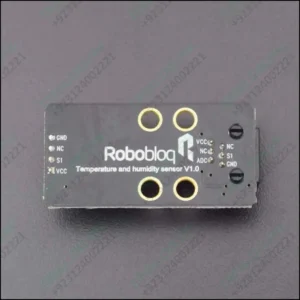



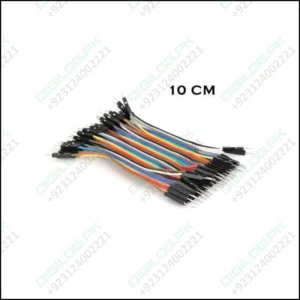






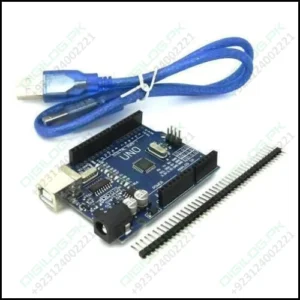
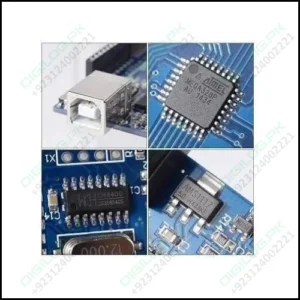
Reviews
There are no reviews yet.